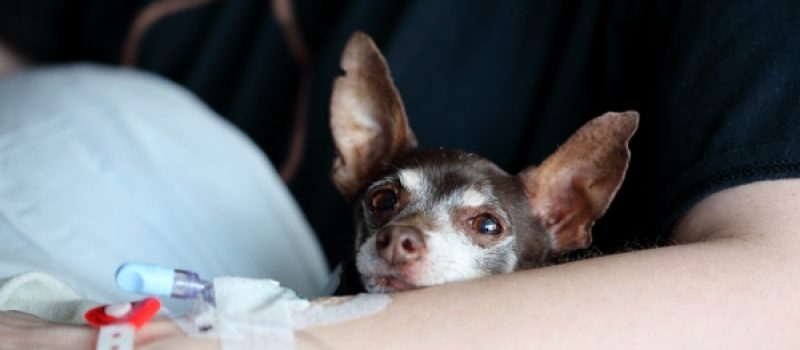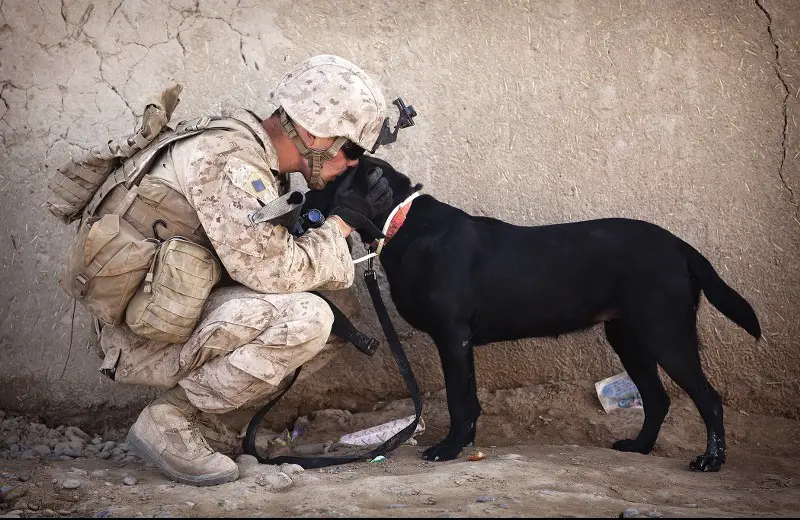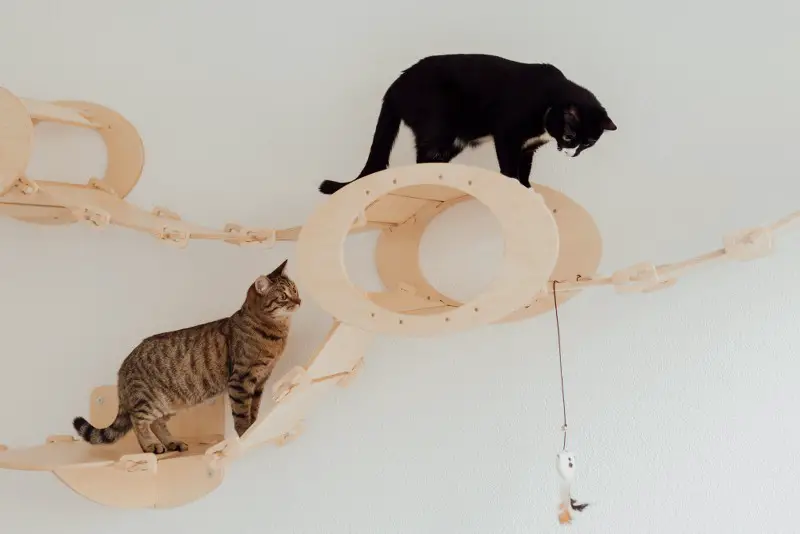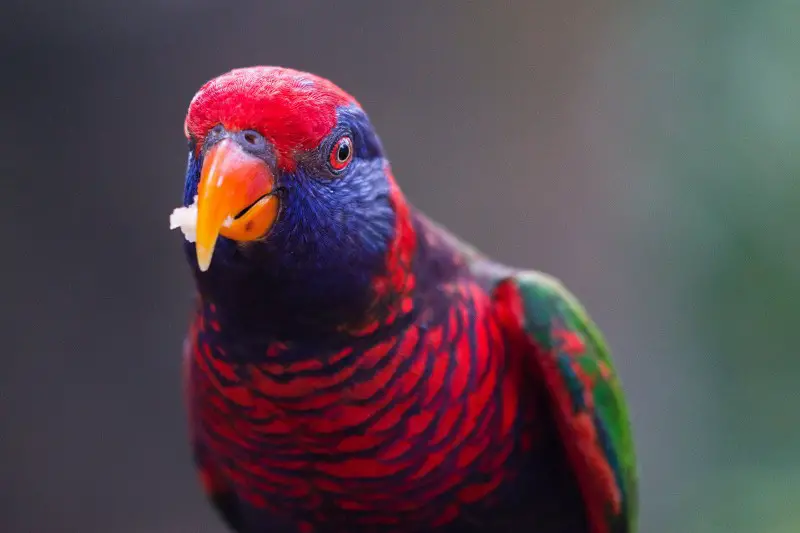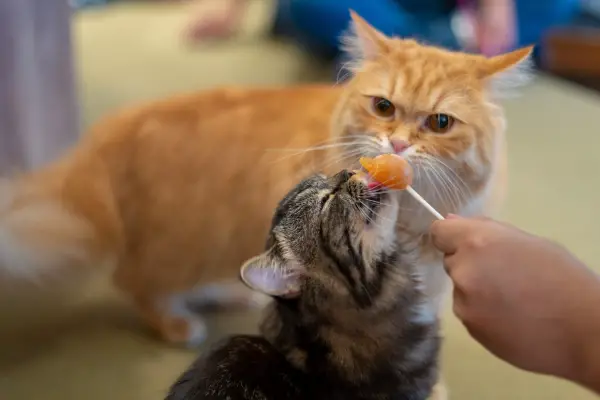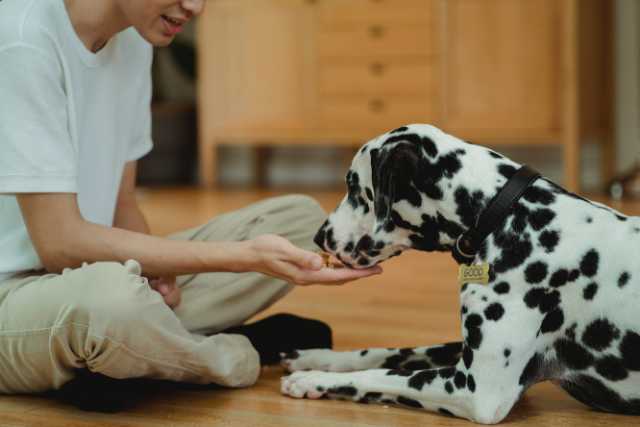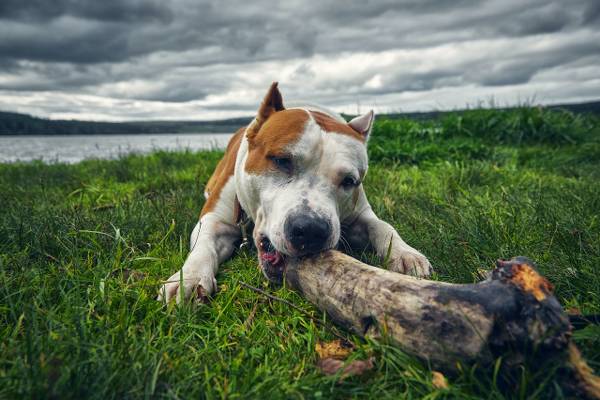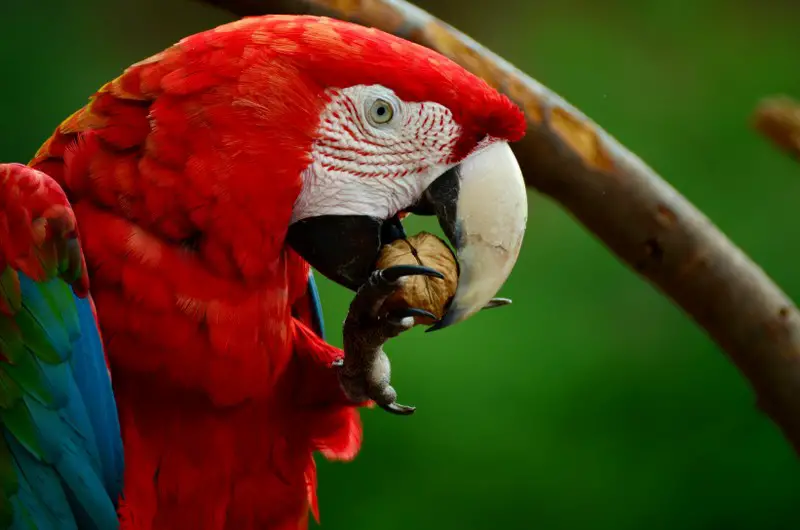Did you know that over 89.7 Million dogs call the United States home? With such a staggering number of our canine pals living among us, it’s hardly surprising that injuries and wounds are a prevalent part of their lives. As dog enthusiasts, we understand the profound importance of our canine companions’ health and well-being, and it’s no secret that proper dog wound care plays a pivotal role in ensuring their swift recovery and continued vitality.
In the world of pets, our loyal canine companions often find themselves in the throes of adventure. It’s a common sight for dog owners—a sudden yelp, an unexpected trip to the vet, or the discovery of a perplexing wound on your furry friend’s paw or side.
However, it’s disconcerting that despite our profound love for these four-legged family members, general canine dog wound care practices often fall short, leaving room for complications and discomfort. In this comprehensive guide, our objective is to illuminate scientifically-backed methods of canine wound care for a dog, empowering dog owners and enthusiasts with the knowledge on how to care for dog wound and the necessary tools needed to provide the best possible care for their beloved pets.
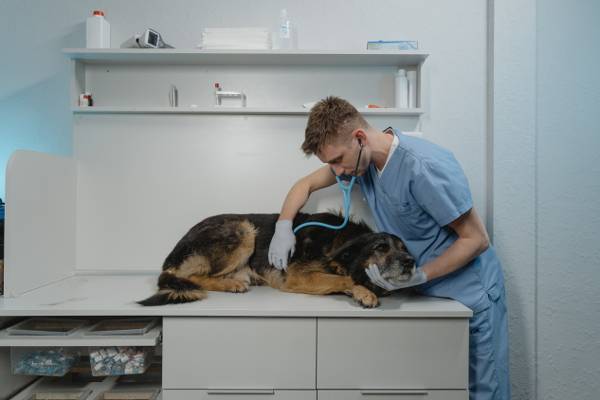
The Canine Skin Anatomy
Many people believe that dog wound care at home is as simple as assessing the wound’s severity and cleanliness, and then cleaning it gently with an antiseptic solution. Is that really the case? Let’s find out.
Understanding Dog Wound Care
Understanding dog wound care is essential for every pet owner. Dogs are prone to injuries, and knowing how to care for a dog wound can make a significant difference in their recovery and overall well-being.
• Structure of Epidermis and Dermis
A brief foray into canine skin anatomy reveals a remarkable structure that serves as a sentinel of protection for our furry companions. The skin, comprising two primary layers—the epidermis and the dermis—plays a pivotal role in safeguarding dogs from environmental hazards. The epidermis, the outermost layer, forms a resilient shield, constantly shedding and renewing itself. Just beneath lies the dermis, housing essential components such as blood vessels, nerve endings, and hair follicles.
• A Protective Barrier
This intricate design doesn’t merely shield against the elements; it’s a multifaceted protective barrier, warding off harmful pathogens, regulating temperature, and sensing the world around them. As we delve into the care for dog wounds, understanding this complex skin anatomy becomes paramount.
• Implications of Dog Wound Care
A breach in this protective fortress is not just a superficial concern; it has profound implications for a dog’s overall well-being. Proper wound care for dogs isn’t merely about aesthetics; it’s about respecting and aiding the skin’s remarkable abilities to mend and shield, allowing our furry friends to continue their adventures unscathed.
Dog Wound Classification
• Types of Wounds
Classifying wounds in our canine companions and understanding the proper care for dog wounds extends far beyond the realm of mere scratches. Dogs, in their curious escapades, often encounter a variety of injuries, each demanding a unique approach to care. Lacerations, characterized by torn or jagged edges, require precise attention and suturing. Abrasions, though superficial, can lead to discomfort and infection if left unattended. Puncture wounds, often deceptive in their depth, may hide concealed dangers beneath the surface. Burns, whether from a heated surface or chemicals, necessitate specialized care to prevent complications.
• Importance of Understanding Dog Wound Types
Understanding these distinct wound types matters profoundly, as it guides us toward tailored and effective treatment strategies. By deciphering the nature of the injury and utilizing the right wound care for a dog, we can provide our loyal companions with the dog wound care they truly need, ensuring their comfort and a swifter journey toward recovery and vitality.
Here’s a more detailed guide on different types of dog wounds.
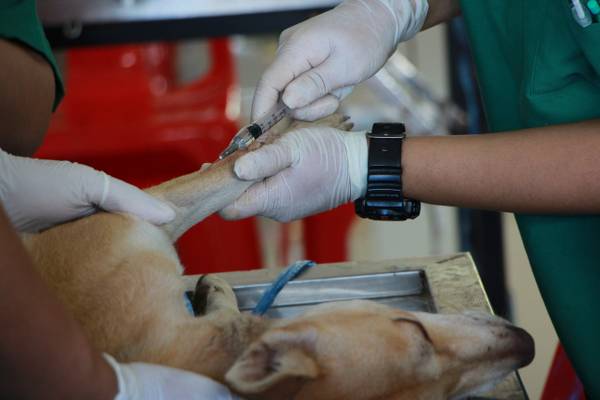
Dog Wound Care With the Help of Technology
Hydrogels and Nano-Fiber Dressings
Being a pet owner you may wonder how to care for a dog wound if your dog ever faces injuries. However, embracing technology has revolutionized canine wound care for dogs, taking us beyond the confines of the good old gauze and bandages. While traditional methods certainly have their place, advanced material interventions have emerged as game-changers in the realm of wound healing for our furry friends. Hydrogels, for instance, provide a moist environment that fosters optimal wound healing conditions, keeping the wound clean and supporting tissue regeneration, and optimizing dog wound care. Nano-fiber dressings, on the other hand, offer a high surface area for cell attachment, facilitating faster healing and minimizing the risk of infection.
As we look ahead, the future holds even more promise with bioactive materials and smart dressings on the horizon. These cutting-edge innovations are designed to actively interact with dog wound care, releasing therapeutic agents and monitoring the healing process in real-time. By harnessing the power of materials science, we’re not only enhancing the efficacy of canine wound care but also ensuring a more comfortable and efficient recovery journey for our beloved companions.
Bionanotechnology in Dog Wound Care
The translational relevance of bionanotechnology in the realm of dog wound care cannot be overstated. Nanomaterials are paving the way for groundbreaking applications, including the development of antimicrobial solutions that combat infection with unparalleled precision. These nanoparticles are designed to target and neutralize harmful pathogens, reducing the risk of complications during wound healing. Moreover, nanotechnology has ushered in a new era of controlled drug delivery, allowing for the precise administration of therapeutic agents to support tissue regeneration and pain management in dogs.
However, as we delve into these remarkable advancements in dog wound care, it’s crucial to maintain a vigilant eye on safety and biocompatibility concerns. Ensuring that these nanomaterials are not only effective but also compatible with a dog’s physiology is paramount. By harnessing the potential of bionanotechnology while addressing these vital considerations, we are poised to provide our canine companions with the highest standard of care and recovery. Thus, if you are confused about how to care for a dog wound by yourself, these materials will surely make it easier for you.
If you know the basics of How to Take Care of a Dog, then you shouldn’t have to worry about these.
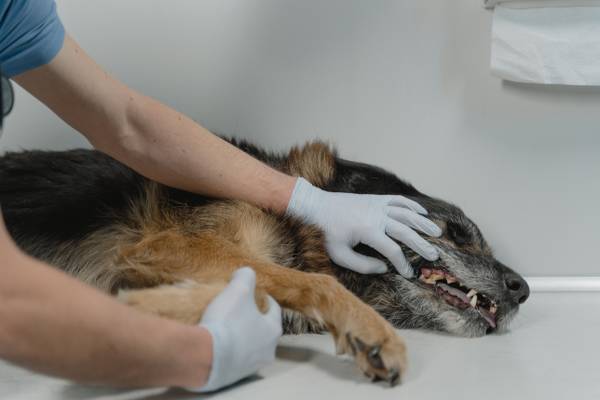
Step-By-Step Process on Dog Wound Care
1. Initial Assessment
The process of dog wound care at home unfolds in a well-structured sequence, ensuring the best possible outcome for our beloved companions. It may be confusing how to care for an open wound on a dog as you may have never faced it before. First, it begins with the initial assessment and ensuring safety, prioritizing both the injured dog and any potential risks.
2. Controlling Bleeding
In the case of dog bite wound care, controlling bleeding and thorough irrigation of the wound are the next immediate steps. These are essential to halt blood loss and remove contaminants.
3. Cleaning
Cleaning the wound gently with warm water and mild soap is crucial for preventing infection, followed by the application of veterinarian-recommended antibiotic ointment.
4. Bandaging
Bandaging and dressing the wound with sterile materials provide protection and aid in the healing process. However, it’s imperative to remember that some wounds, especially severe or deep ones, require immediate veterinary dog wound care.
5. Seeking Veterinarian Care and Follow-up Monitoring
If your Dog is Acting Weird, seeking professional attention ensures that more complex issues are properly addressed. Afterward, consistent monitoring and follow-up appointments regarding dog bite wound care are necessary to track the wound’s progress. As well as make necessary adjustments, and provide any further treatment as required. This comprehensive approach regarding how to care for open wound on dog guarantees that dogs receive the care they need to heal and thrive.
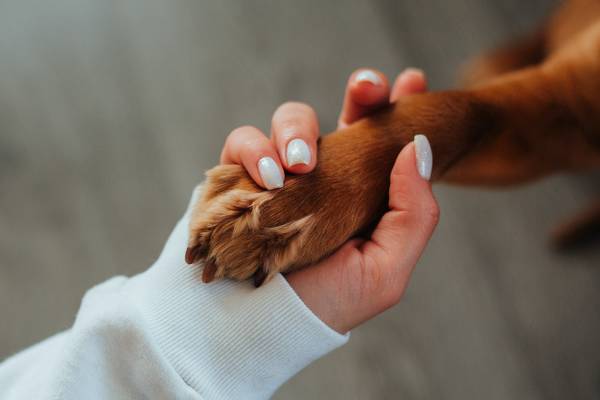
Preventing Wounds and Providing Emotional Support
• Precaution of Dog Wound Care
As we have seen, the best wound care for dogs starts with a proper assessment of the injury. However, it is necessary to take proper precautions to prevent any injuries from taking place in the future. Preventing wounds in our furry companions is a proactive endeavor, and responsible dog owners can play a pivotal role in safeguarding their pets.
First and foremost, supervision and training are paramount. By keeping a watchful eye on our wound care dogs during outdoor activities and providing them with obedience training, we can reduce the likelihood of accidents and confrontations that may lead to injuries. Equally essential is the use of protective gear, especially in rugged environments. Outfitting our dogs with boots, vests, or other appropriate protective equipment shields them from potential hazards.
A dog’s diet can vastly have positive or negative on its antibodies and health. You should always do research before buying dog food for your dog, especially knowing about the Importance of Chicken Meal in Dog Food.
Additionally, regular health checks with a veterinarian are crucial. Routine check-ups allow for early detection of any underlying health issues that might make dogs more susceptible to injuries. By adhering to these tips, dog owners can contribute significantly to their wound care dogs’ safety and well-being, ultimately minimizing the risk of wounds and ensuring a happier, healthier life for their four-legged friends.
• Providing Mental Support
Simply focusing on wound care on a dog and preventing further injuries are not enough as getting hurt may create some trauma for the dogs. Thus, it is vital to provide them with the required emotional support as well. Emotional support and rehabilitation are essential components of dog wound care. Acknowledging that the well-being of our canine companions extends beyond physical healing.
Recognizing stress in dogs is the first step, as our pets may experience anxiety or trauma during their recovery. Providing comfort and attention is vital, offering assurance through gentle words, soothing gestures, and familiar routines. Additionally, strategies for rehabilitation encompass both physical and emotional aspects, involving exercises that rebuild strength and confidence.
Engaging in interactive play and positive reinforcement can help restore a dog’s sense of joy and normalcy. By understanding the emotional toll of injuries and implementing these supportive measures of dog wounds care, we can ensure a more holistic recovery for our loyal four-legged friends, nurturing not only their physical health but also their emotional well-being.
Final Verdict
In conclusion, proper dog wound care is a multifaceted process that encompasses assessment, treatment, and emotional support. Understanding the importance of classifying wounds, embracing technological advancements, and recognizing the relevance of materials science is essential for providing optimal care. The step-by-step dog wound care process, from initial assessment to follow-up, ensures a comprehensive approach to healing. If anything smells serious, consulting a vet is the best bet.
Moreover, prevention strategies, like supervision, protective gear, and regular health checks, are invaluable for reducing the risk of injuries. Emotional support and rehabilitation acknowledge the emotional toll wounds can take on dogs, ensuring a holistic recovery. In all these efforts, one overarching goal remains paramount: to safeguard our canine companions and secure their well-being. This goal is achieved through proactive dog wounds care, timely veterinary attention, and unwavering commitment, ultimately leading to a healthy, happy, and well-healed canine companion. Check out our blog for more helpful articles like this!

